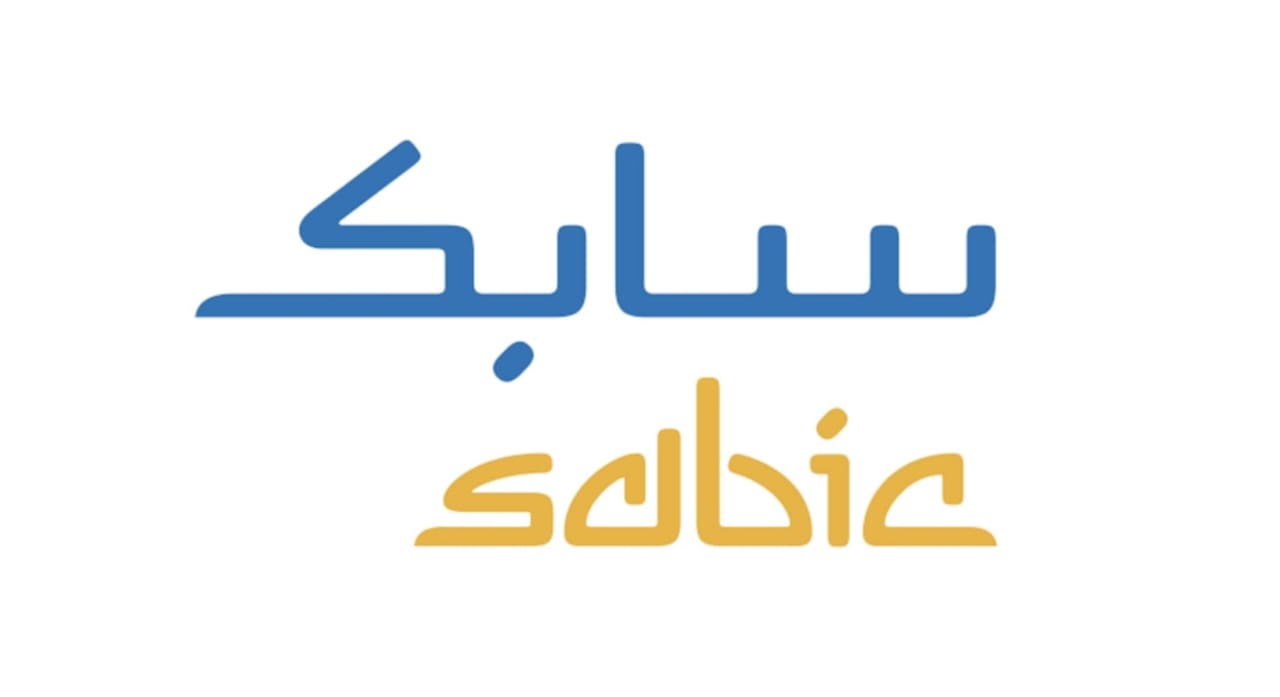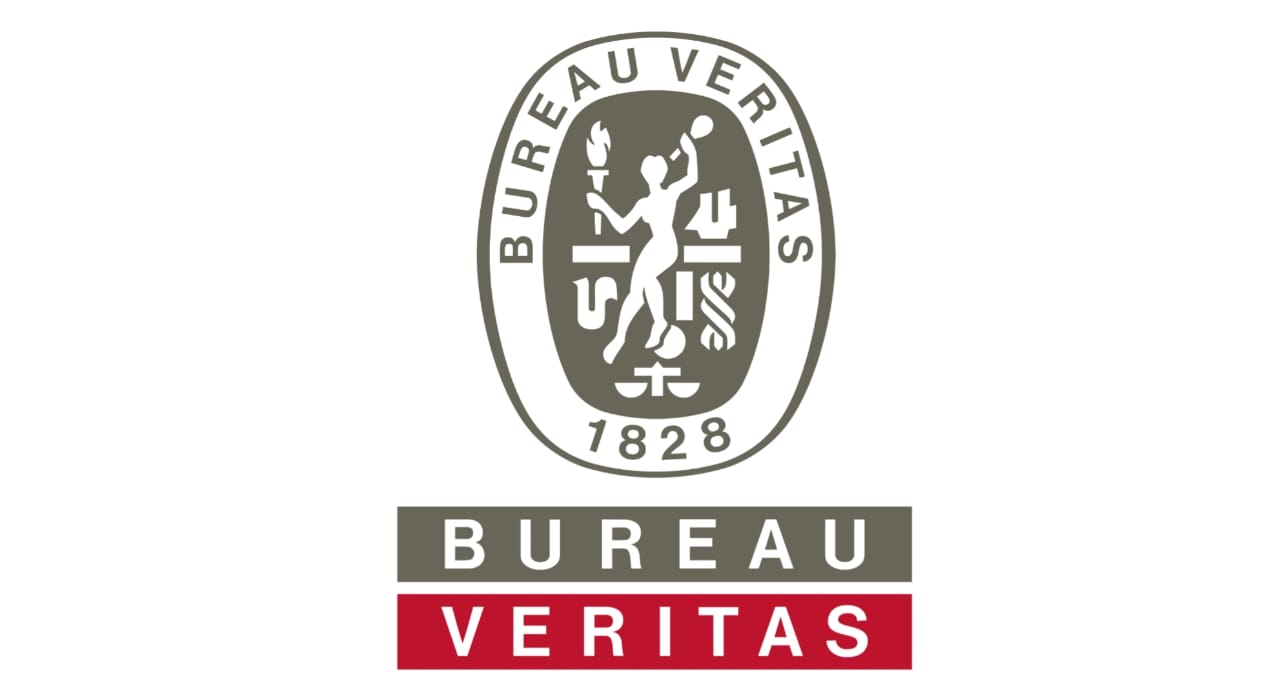Handheld portable radio: Good option for your business
HPR - Two way communication between person to persons around 4 to 6 miles
Handheld portable radio: Good option for your business
What is handheld radio?
Handheld portable radios are the walkie-talkie type of radios you see people carrying around. They are also called handheld two-way radios. A handheld portable radio is designed for two-way communication between two persons or among a group of people through the same frequency. The FCC (Federal Communications Commission) regulations limit the handheld radios' power to 5 watts. Two people using a handheld two-way radio, the maximum communication distance on flat ground with no barriers is around 4 to 6 miles.
These radios are offered across all frequency bands:
- General Mobile Radio Service (GRMS),
- Family Radio System (FRS),
- Multi-Use Radio Service (MURS),
- Ultra-High Frequency (UHF),
- Very-High Frequency (VHF).
The Multi-Use Radio Service and Family Radio System are unlicensed frequencies, but all the others require a license from the FCC to operate them.
The resilience of handheld radios varies widely. Commercial-grade radios are typically constructed in accordance with military specifications, which ensures that they are resistant to conditions like vibration, rain, salt air, sand and dust, shock (dropping), humidity, temperature, and other variables.
Features also differ greatly. Family-type radios provide basic communication, while commercial radios contain features made specifically for business-related communication. Commercial radios also come with a variety of headset options designed for certain employment roles.
Basic components of a handheld radio
- Case:The hard plastic casing of a handheld radio is essential to the device's appearance. The radio can be protected by the case from weather and dirt, as well as workplace elements.
- Antenna:Communication receives the handheld radio through the antenna.
- Microphone and Speaker: When using a two-way radio, you need to hear other people and be heard yourself.
- Display:If you choose a radio with a display, you might be able to view text messages, work orders, or alerts from other radios on your network. Displays can also be basic, showing basic information like battery life and the current radio channel, or you might not have a display on your radio.
- Buttons:There are a variety of buttons available on two-way radios. The power and Push to Talk (PTT) buttons are the most important. Your device is powered up by pressing the power button. By pressing the PTT button, you can speak into your microphone. There might be a keypad on your device which is depending on your device.
- Battery:A strong rechargeable battery powers each radio on your network.
Depending on the complexity of your handheld two-way radio, you may have additional components. The addition of Wi-Fi compatibility and Bluetooth has risen in popularity and these features can enhance business communications.
why you should consider a handheld radio for your business
Most workplaces that need constant communication between employees are they are still using cell phones as their go-to devices. Mobile phones are often practical and multipurpose but are rarely the best choice for a business setting. Instead, take into account something more reliable, such as portable radios that offer functions and applications cell phones can’t provide. With a handheld radio, a staff member can easily request assistance by simply pressing a button. There are no numbers to scroll through or dial, as with a mobile phone, and no potential network issues, like a loss of signal, that could cause a delay in assistance.
Emergency Situations
Cell towers and landlines may malfunction during an emergency and disasters, whereas handheld two-way radios will always work well, ensuring constant communication during even the direst situations. Furthermore, two-way radios also make it possible to contact all workers at once rather than having to call them one by one.
No Service Interruptions
A handheld device can be a great option if working with minimal service. Having handheld radios will make communicating much easier between teams or finishing jobs at hand, especially because you won't have to rely on reception in the area.
There are instances when you might require a radio for your work; having a radio is far more convenient than a mobile phone because you don’t need cell towers around to communicate.
Long-Lasting Battery Life
The majority of handheld radios have a battery life of more than 20 hours at a time.
These gadgets are ideal for emergencies because of their long-lasting battery life. This comes in handy when you need to contact someone but don’t have access to a phone or when you’re in remote areas where there aren't any mobile phone towers for miles.
Clear Communication
Handheld radios are offering a clear and simple way of communication. With noise-canceling technology that ensures the other side hears everything said and speeds up and improves the reliability of your communication. Precise and clear communication is so important in industrial work conditions, these radios are made to be as clear and low latency as possible.
On mobile phones, it’s sometimes hard to understand the other party, but with handheld radios, you don’t have that communication difficulty when in range.
Light and Portable
Handheld portable radios are the best way to communicate when traveling. You can take your radio everywhere because they are small, light, and portable.
Durable and Robust
Handheld Portable Radios are far more durable and robust compared to cell phones. The fragility of cell phones becomes incredibly obvious in work environments like construction sites or factories with heavy machinery. Handheld two-way radios are designed to be far more durable. They are able to withstand a bit of abuse if necessary, as radios being crushed or dropped isn’t unusual. Handheld two-way radios are also built with long-lasting batteries that can be changed as required in order to enable continuous use.
Conversations in groups
You can communicate with groups of people using the handheld radio. This can be very handy and beneficial for large working environments like heavy industries, construction sites, etc.
simple to use
Additionally, two-way radios are made to be as simple to use as feasible. Most models feature touch-button talk technology, allowing anyone to pick up and use the radio as needed. Additionally, many radios contain cloning features that make it easier to transfer radio settings to each device.
Affordable for businesses
You need every employee to be able to interact while at work, but ensuring everyone has an appropriate cell phone can be an incredibly expensive affair. Handheld portable radios are far more affordable from both an upfront and long-term perspective. There are no monthly bills, service agreements, or calling minutes like with a cell phone. Additionally, cell phones are very personal equipment, whereas two-way radios can more easily be shared between employees.
Instant Communication
Handheld radios contain a button that can be used to communicate with the other party, while mobile phones require few presses and a wait time for the other party to answer the phone. These radios help you be more productive at work or in your conversations by providing quick communication at the push of a button.
This article explains why you need a handheld radio. They offer great benefits in various circumstances, which are simple to use and economical.
Factors influencing handheld portable radio coverage
Handheld portable radio signals are impacted by a variety of factors, such as indoor or outdoor use, weather, and terrain elevation. Depending on the types of radio you’re using at the moment, the repeater network, the orientation or design of your antenna, the obstruction around you, and your terrain; a radio signal can reach anywhere from a few hundred feet or so to several miles.
A few changes could enhance Handheld portable radio coverage
- The magnitude of the radio’s power.
- The orientation of your antenna system.
- The specific transmission capacity.
- Building material with thick walls.
- Whether the user is indoors or you are outdoors, you should aim to establish a stronger connection.
- Terrain elevation.
Aarmtech provides Radio coverage study services. For more information about the Radio coverage study, please contact us at info@aarmtech.com or visit our official website, www.aarmtech.com.
Explore Our Solutions
- Coverage Study
- Safety System Solution
- Access Control Solution
- Digital Surveillance Solution
- Perimeter Security Solution
- Integrated Physical Security
- Explore All









